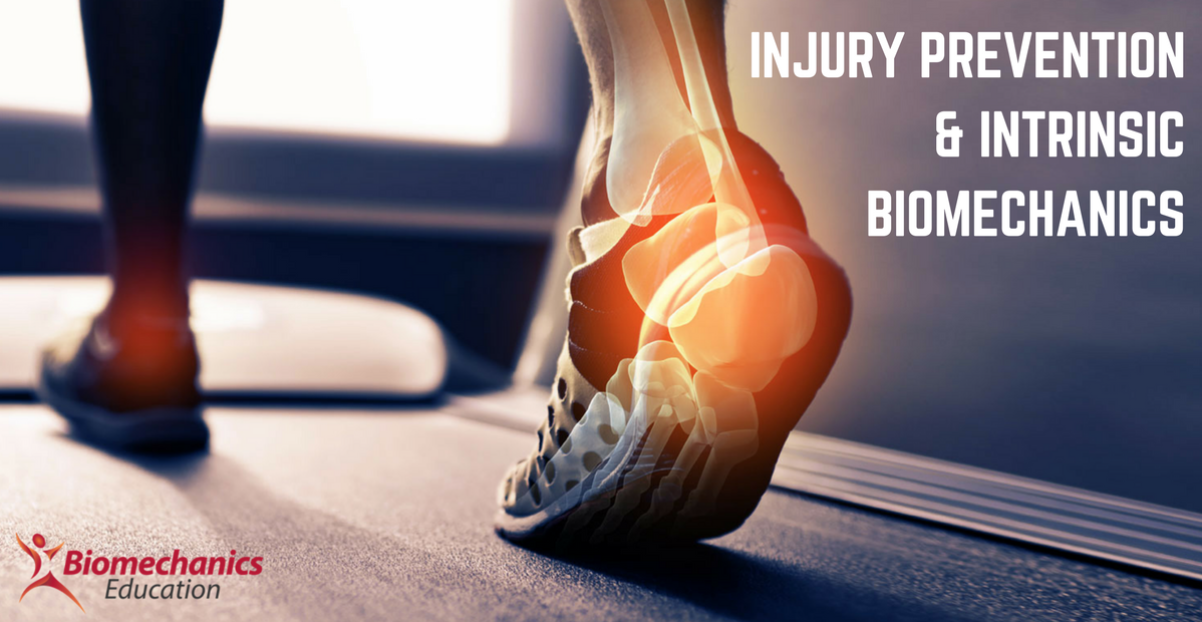



In the realm of personal training, regardless of the sports or exercises your clients engage in, understanding and optimizing their intrinsic biomechanics is paramount. It serves as a crucial complement to their physiological and functional training, forming the foundation upon which a safe and effective functional training program can be built.

Injuries can stem from various factors such as poor technique, inadequate core function, lack of preparation, or limited range of motion in relevant structures. However, one often overlooked aspect is correct biomechanical function. An intrinsic biomechanical screening can unveil flaws in pelvic, spinal, shoulder, knee, and foot function. Additionally, it can detect low-grade muscle spasms that may hinder movement and joint function.

For instance, a rotated pelvis leading to a functional leg length discrepancy can predispose individuals to diverse injuries, ranging from lower back pain and knee pain to hamstring strains and shoulder discomfort. By addressing issues like pelvic function through screening, the risk of such injuries can be significantly mitigated.
Intrinsic biomechanical screening involves assessing various aspects of musculoskeletal and nervous system function. These screens aim to identify potential areas of dysfunction or compensation that could predispose clients to injuries. Some common screening protocols include the 4 Sign Screen & Exercise and techniques like improving squat form with chest release.
If you’re eager to deepen your understanding of intrinsic biomechanics and how it can be applied in personal training, consider booking a consultation with us. Our experts can provide tailored guidance and insights to enhance your training programs and minimize injury risks for your clients.